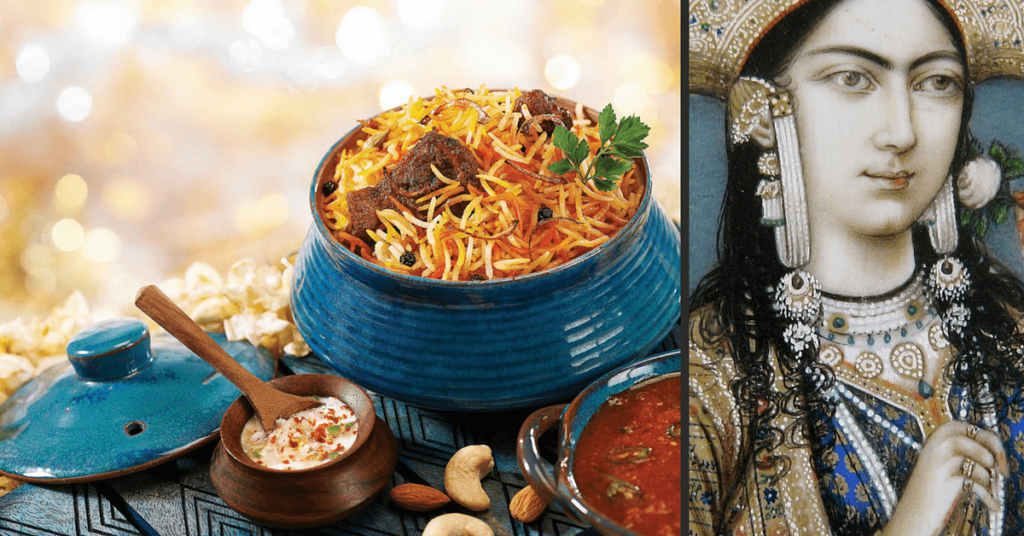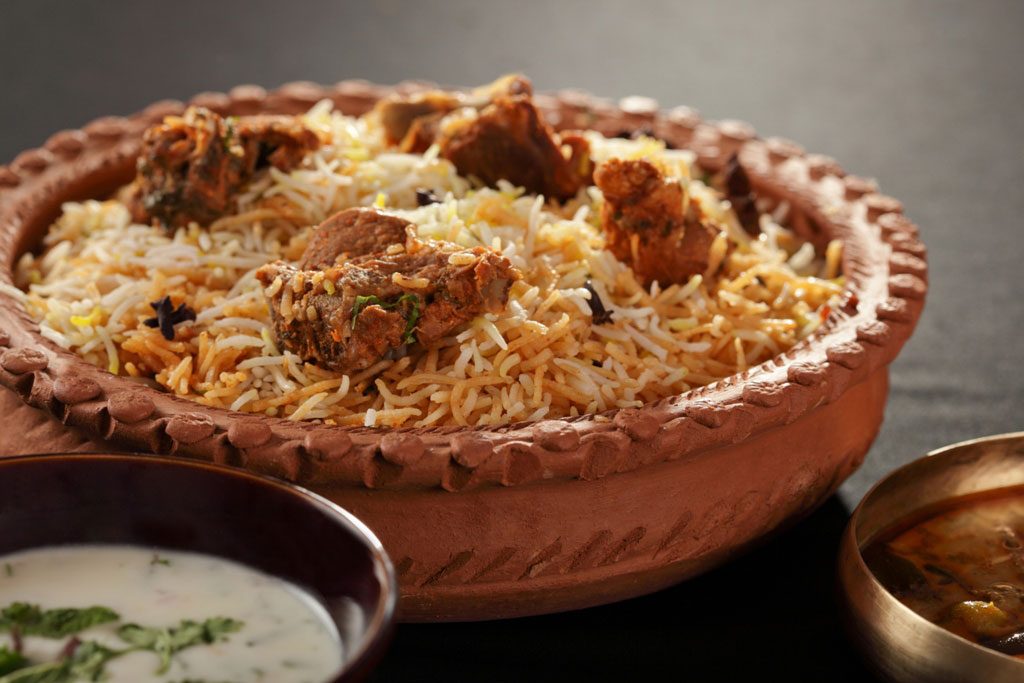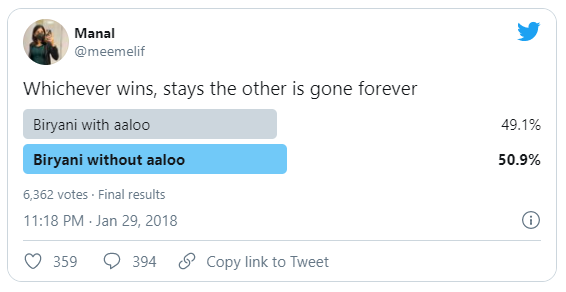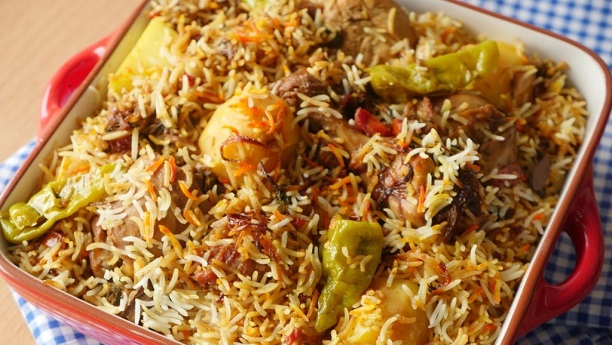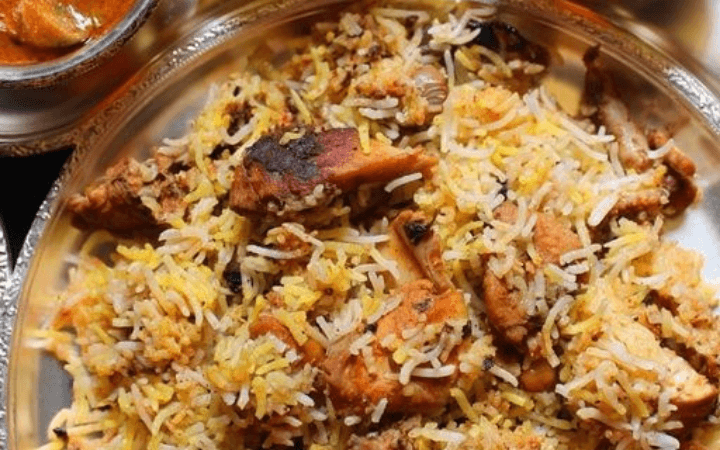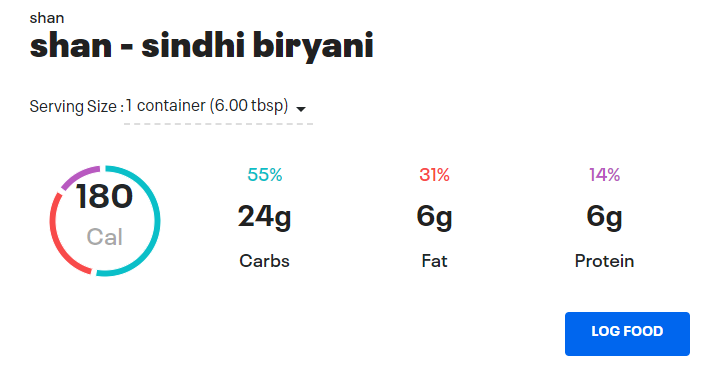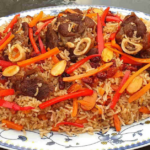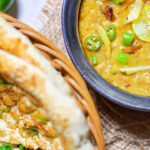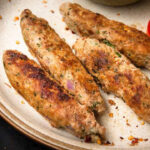The difference between Biryani and your opinion is that I only asked for Biryani
In this article, you will discover:
- History of biryani
- Is Biryani the national dish of Pakistan?
- Real Biryani: With or without aloo?
- Different types of Biryani
- Calorie Count
History of Biryani:
Biryani embraces a heritage of traditional South Asian cuisine. Its history dates back to the era of Mughal Emperors. The famous Mughal emperor’s wife, Mumtaz Mehal (Shahjahan’s Wife) was the instigator of the dish back in the 1600s. When she visited Indian army barracks, she discovered that her soldiers weren’t in good shape due to lack of proper nutrition.
That’s when she ordered her chef to make a dish that is bursting with protein and nutrition. And that’s how biryani came into existence. Am I evil for being thankful that her soldiers were undernourished for good? Because otherwise, biryani would not have existed. *Literal Chills*
The royal nature of biryani’s background makes it even more special. Now we know that biryani has a deep connection with the royal courts of the Mughal Empire, making it an impeccable dish for fine-dining.
Biryani is famous for being Pakistani’s “go-to” dish for years. But do you know that it’s derived from two Persian words, Birian which translates to, “Fried before cooking” and Birinj translating to “Rice”.
While Mumtaz Mehal’s story is more popular than other stories, other narrators also mention that biryani was introduced and brought to India by Taimur, the famous Turk-Mongol conqueror, back in 1394. The Nawabs of Lucknow and Nizams of Hyderabad also had special gratitude towards the irresistible aroma and taste of biryani. By tradition, biryani was cooked in an earthen pot over charcoal.
Biryani: Is or isn’t the National Dish of Pakistan?
Without any doubt, biryani is the king of rice and the most loved dish of Pakistan. But, a question often arises that is it even the national dish of Pakistan? Well, the answer is no. But don’t get sad, we don’t really have a national dish declared by the Government of Pakistan. Biryani isn’t just a cuisine, it’s much more than that. It reflects the traditions and essence of numerous localities across different regions of Pakistan. I don’t want to be dramatic that biryani didn’t make the cut. Because why wouldn’t it? It’s biryani.
Statistics show that biryani is more famous in Punjab and Sindh as compared to KPK and Baluchistan. It makes it even more difficult to state that biryani is the national dish of Pakistan because let’s face facts, Biryani is an elite meal. We can’t expect people from all classes to enjoy biryani as much as we do. When you have to choose between eating biryani one time a day and having 3 meals a day, the latter is more likely so. Pakistan is very diverse when it comes to culture. Thus, whether or not biryani is the national dish of Pakistan, it surely is a strong competitor.
Biryani: With or without Aloo?
The whole debate gets very lethal when aloos are involved. This debate started when Manal Aijaz, a Pakistani blogger started a poll on Twitter asking people if they prefer biryani with or without aloo. She mentioned, “Whichever wins, stays; the other is gone forever”. The results of the poll were:
People not only voted but also responded with their opinion about the matter. While some wrote in the favor of aloo, others weren’t very fond of the idea. One individual wrote, “Potatoes are produced to ruin dishes, not make them”. Others kept asking why without aloo was even an option. When the poll closed, 51% chose biryani without aloo while 49% chose biryani with aloo.
Although potato lovers did not win this poll, it still shows that a significant number of the population prefer their biryani with aloo. This shows that although Karachites love their biryani with aloo, it’s a stern no for Lahoris. This debate has broken many hearts, ended many friendships and relationships? Am I exaggerating? Am I not? How about you spark a debate with your loved ones and find out? Warning: AT YOUR OWN RISK
Different Types of Biryani:
Biryani like some people can also have multiple personalities. But the thing about biryani is that each personality has its own charm. Anyway, jokes apart, Pakistan’s cultural diversity allows people to explore different types of biryani each with a distinctive taste and flavor. Some include:
Sindhi Biryani:
Sindhi Biryani is a specialty of Sindh and Sindhis takes great pride in it. This biryani is much lighter in color as compared to other biryanis because of the absence of food coloring. It is often decorated with dry fruits, crispy fried onion & nuts, and is mixed with curry of goat meat (mutton). Sindhi Biryani is actually a type of pakki biryani. Its main ingredients include onion-tomato paste, basmati rice, yogurt, and potatoes along with spices. Memoni Biryani on the other hand is exactly like Sindhi biryani with the exception that it uses lamb meat instead of mutton.
Hyderabadi Biryani:
Hyderabadi biryani is one of the best biryanis out there. This is because the meat is marinated and kept overnight before the usual process of making biryani starts. It is believed that Hyderabadi biryani came into existence in the era of the Mughal Emperor, Aurangzeb. Some people are also fond of the idea of Hyderabadi vegetable biryani. To make Hyderabadi biryani, you can follow the same recipe as regular Hyderabadi biryani and replace meat with veggies of your preference. If you want your biryani to taste as authentic as possible, use a dough-sealed earthen pot instead of a regular handi.
Mughlai Biryani:
Mughlai biryani is a layered, dum-cooked, lightly spiced & mild biryani made with spices, rice, dried fruits, and mixed veggies. When it comes to the most majestic form of biryani, it is without any doubt Mughlai biryani. In normal biryani recipes, rice is boiled and then mixed with meat and spices but in Mughlai biryani, rice is fried in desi ghee after it has boiled to achieve rich texture of rice. The right consistency is very important for Mughlai biryani. Thus, you mustn’t overcook it.
Calorie Count:
Good food can boost the mood. Spices that are used to cook biryani are good for our health because they help in cleaning the internal organs of the body. They have anti-inflammatory and anti-oxidizing properties. Per 1 container i.e. 6 tbsp. Sindhi biryani has 180 calories. Calorie breakdown includes 55% carbs, 31% fat, and 14% protein.

